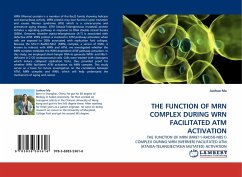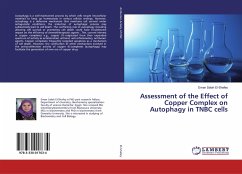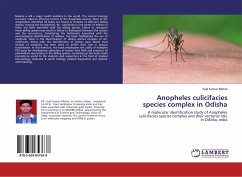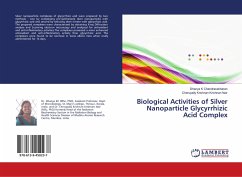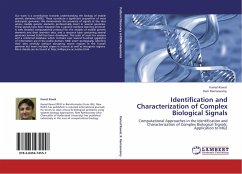WRN (Werner) protein is a member of the RecQ family showing helicase and exonuclease activity. WRN protein may lose function upon mutation and causes Werner syndrome (WS) which is a cancer-prone and premature aging disease. ATM (Ataxia-Telangiectasia mutated) protein initiates a signaling pathway in response to DNA double strand breaks (DSBs). Genomic disorder ataxia-telangiectasia (A-T) is associated with defective ATM. WRN protein is involved in ATM pathway activation when cells are exposed to DSBs associated with replication fork collapse. Because the Mre11-Rad50-Nbs1 (MRN) complex, a sensor of DSBs, is known to interact with WRN and ATM, we investigated whether the MRN complex mediates the WRN-dependent ATM pathway activation. In this study, we employed short-hairpin RNA to generate WRN- and Nbs1-deficient U-2 OS (osteosarcoma) cells. Cells were treated with clastogens which induce collapsed replication forks, thus provided proof for whether WRN facilitates ATM activation viaMRN complex. This study serves as a basis for future investigation on the correlation between ATM, MRN complex and WRN, which will help understand the mechanism of aging and cancer.
Bitte wählen Sie Ihr Anliegen aus.
Rechnungen
Retourenschein anfordern
Bestellstatus
Storno

